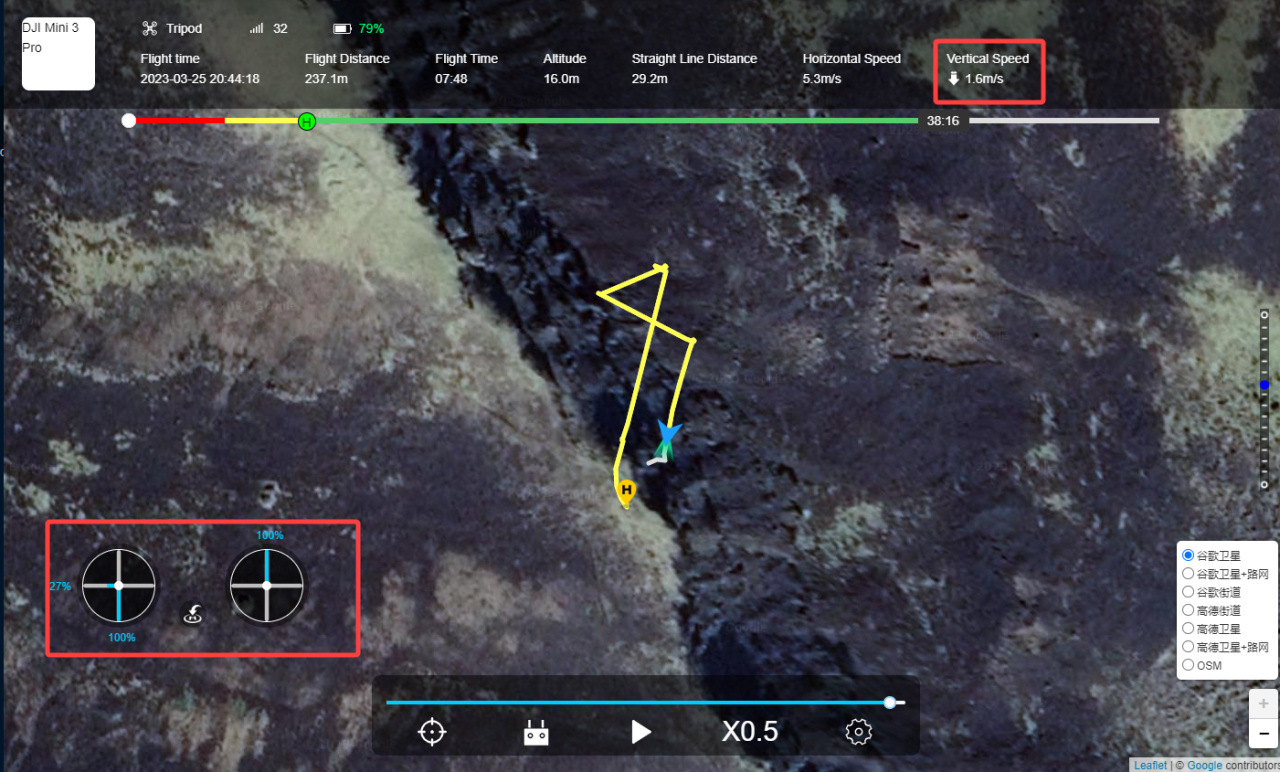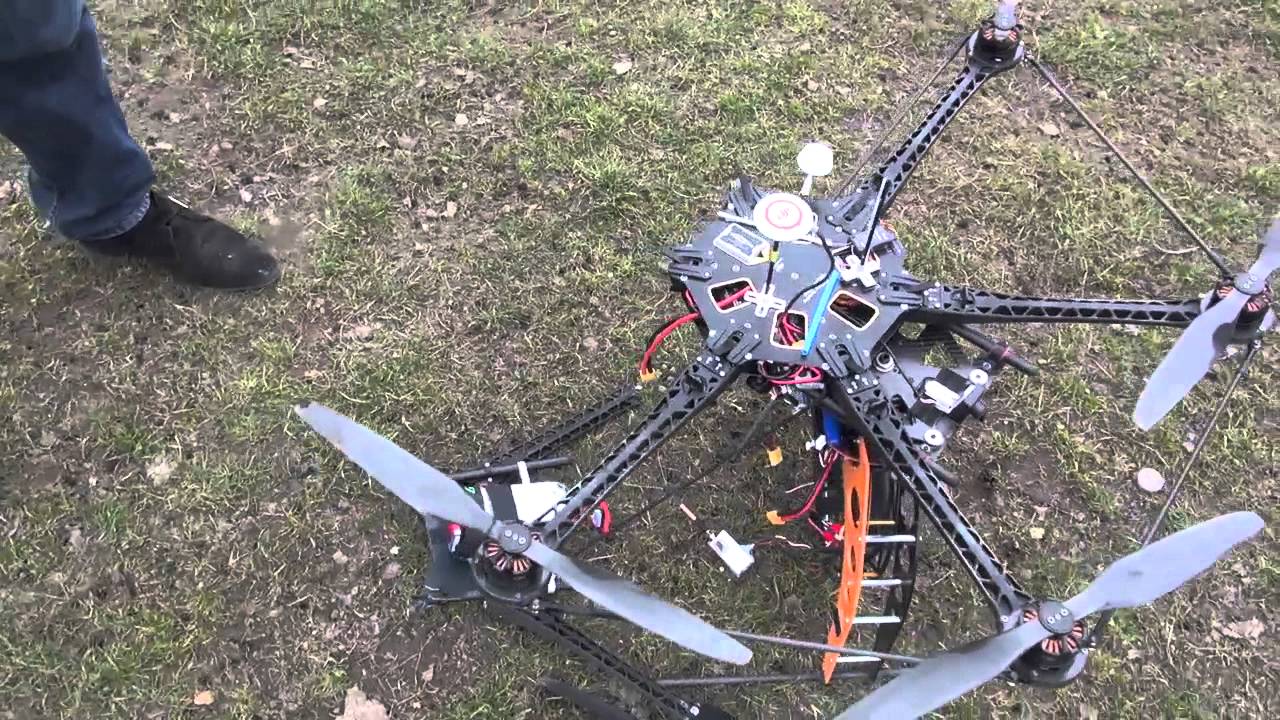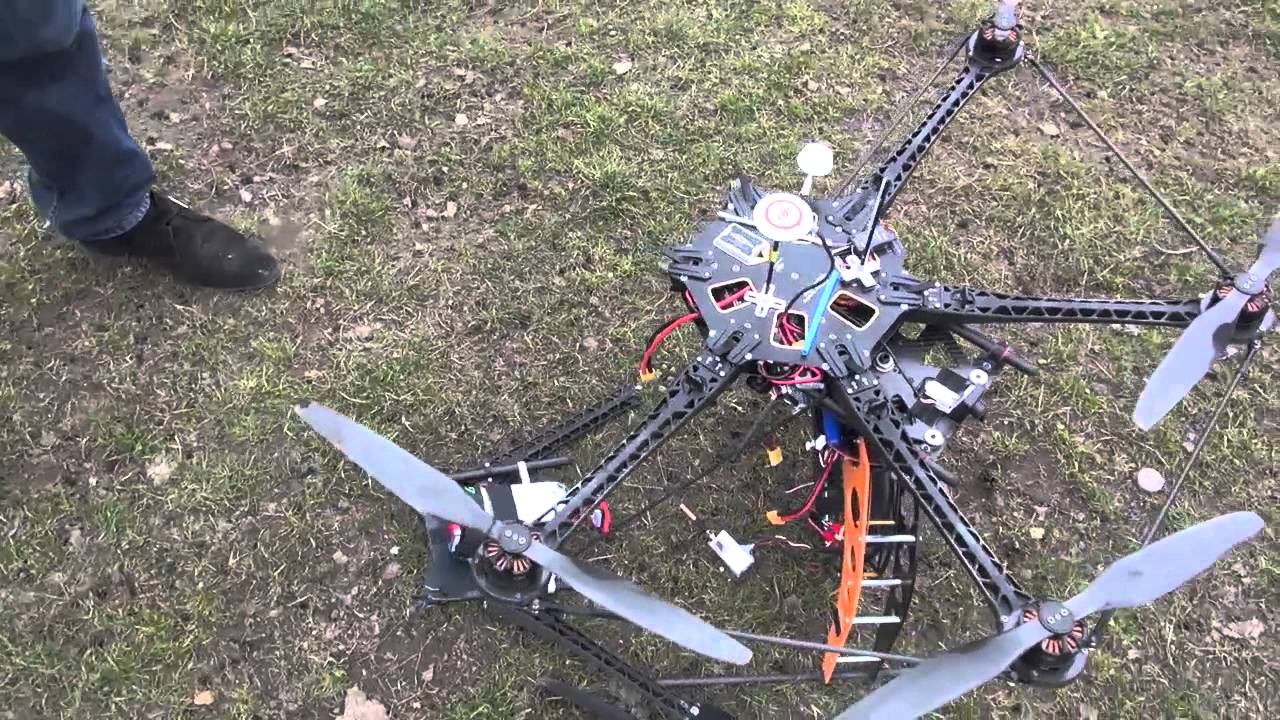Drone show crash—the words conjure images of spectacular failures and costly mistakes. But understanding why these crashes happen is crucial to preventing future incidents. This guide delves into the various causes of drone show malfunctions, from simple pilot error to complex technological failures. We’ll explore the safety measures in place, examine case studies of past crashes, and look at the innovative technologies being developed to make drone shows safer and more reliable.
Get ready for a deep dive into the world of aerial acrobatics and the challenges of keeping those drones in the air.
We’ll cover everything from the different types of crashes and their root causes to the safety regulations and preventative technologies currently being employed. We’ll also analyze real-world examples, highlighting the lessons learned and how the industry is adapting to minimize future risks. This information is vital for anyone involved in drone shows, from operators and organizers to spectators and enthusiasts.
Drone Show Crash Analysis: Understanding Causes and Implementing Preventative Measures
Drone shows, with their mesmerizing displays of coordinated aerial choreography, are increasingly popular. However, the complexity of these productions brings inherent risks. This article delves into the various aspects of drone show crashes, exploring their causes, consequences, and the technological advancements aimed at preventing them. We’ll examine real-world examples and safety protocols to provide a comprehensive understanding of this critical area.
Types of Drone Show Crashes

Drone show crashes can stem from a variety of sources, broadly categorized into software malfunctions, hardware failures, pilot errors, and environmental factors. Understanding these categories is crucial for developing effective safety protocols.
Drone show crashes are unfortunately becoming more common, highlighting the need for improved safety protocols and technology. Check out this article detailing a recent incident: drone show crash for a better understanding of the issues involved. Learning from these failures is crucial for preventing future drone show crashes and ensuring the continued safe development of this exciting technology.
- Software Malfunction: A software glitch could lead to unexpected drone behavior, such as erratic flight patterns or uncontrolled descent. For example, a bug in the flight control software might cause multiple drones to collide. The resulting damage could range from minor propeller damage to complete drone destruction.
- Hardware Failure: Mechanical issues, like motor failure or battery malfunction, can cause a drone to fall from the sky. Imagine a scenario where a motor fails mid-flight, causing a drone to lose control and crash into a nearby building.
- Pilot Error: Human error, from poor planning to incorrect commands, remains a significant factor. A pilot might accidentally input incorrect coordinates, leading to a collision with another drone or an obstacle. The consequences depend on the scale of the error and the environment.
- Environmental Factors: Adverse weather conditions, such as strong winds or heavy rain, can significantly impact drone stability and control. A sudden gust of wind could easily knock a drone off course, potentially leading to a crash.
Different drone show organizations employ varying safety protocols. Some might prioritize redundant systems, while others focus on rigorous pilot training and pre-flight checks. The level of sophistication in these protocols directly impacts the likelihood of a successful show and minimizes potential incidents.
Causes of Drone Show Crashes
Several factors contribute to drone show crashes. While technology plays a role, human error remains a significant concern.
- Technology-Related Issues: Software bugs, GPS interference (from other devices or natural phenomena), and communication failures between the drones and the control system are common technological causes. A GPS signal loss, for example, could lead to a drone drifting off course and crashing.
- Human Error: Improper training, inadequate pre-flight checks, insufficient planning, and negligent operation all contribute significantly to accidents. A poorly trained pilot might not react appropriately to an emergency situation, resulting in a crash.
The interplay between technology and human factors highlights the need for a multi-faceted approach to safety. Robust technology combined with well-trained operators is crucial for minimizing risks.
Safety Measures and Regulations

A comprehensive safety checklist and adherence to regulations are essential for minimizing drone show crash risks.
Safety Checklist:
Drone show crashes are unfortunately becoming more common, highlighting the complexities of these spectacular displays. A recent example that illustrates potential issues is the orlando drone show malfunction , which serves as a cautionary tale about the importance of thorough testing and safety protocols. Understanding these malfunctions helps engineers prevent future drone show crashes and improve overall safety measures.
- Thorough pre-flight inspections of all drones and equipment.
- Detailed flight planning, including emergency procedures and contingency plans.
- Redundant systems and backup controls to mitigate single points of failure.
- Real-time monitoring of drone status and environmental conditions.
- Pilot training and certification to ensure competence and adherence to safety protocols.
Regulations and Guidelines:
| Regulation | Description | Enforcement Body | Penalties |
|---|---|---|---|
| FAA Part 107 (USA) | Governs the operation of small unmanned aircraft systems (sUAS). | Federal Aviation Administration (FAA) | Fines, license suspension, or criminal charges. |
| EASA Regulations (Europe) | Similar to FAA Part 107, but with specific EU requirements. | European Union Aviation Safety Agency (EASA) | Fines, license suspension, or criminal charges. |
| National Regulations (Other Countries) | Each country has its own specific regulations for drone operation. | National Aviation Authority | Vary by country and severity of violation. |
Best practices include regular maintenance, thorough risk assessments, and continuous improvement of safety protocols based on lessons learned from incidents and advancements in technology.
Consequences of Drone Show Crashes
Drone show crashes can have far-reaching consequences.
- Financial Losses: Damage to drones, venue, and property can result in significant financial losses. Lost revenue from show cancellations or damage to reputation is also a major concern.
- Reputational Damage: A high-profile crash can severely damage the reputation of the organizers, sponsors, and involved companies.
- Legal Liabilities: Depending on the severity of the crash, legal liabilities could arise from property damage, injuries, or even fatalities. Insurance claims and lawsuits are possible outcomes.
Scenario: Imagine a large-scale drone show where a software glitch causes a cascade of collisions, resulting in significant drone damage, minor injuries to spectators from falling debris, and damage to the venue. The immediate impact includes show cancellation, medical expenses, and property repairs. Long-term consequences could include lawsuits, reputational damage, and a loss of investor confidence.
Technological Advancements for Prevention

Several technological advancements aim to improve drone show safety.
- Redundant Systems: Multiple backup systems can ensure continued operation even if one component fails. For instance, having backup GPS receivers or flight controllers can prevent crashes caused by single-point failures.
- Advanced Obstacle Avoidance: Sophisticated sensor systems and AI-powered algorithms can detect and avoid obstacles in real-time, minimizing collision risks.
- Improved Communication Protocols: Robust communication networks with low latency and high reliability can ensure reliable control of drones, even in challenging environments.
Real-time monitoring and control can be achieved through centralized control systems that provide a comprehensive overview of the drone fleet. AI and machine learning can detect anomalies in drone behavior, predict potential crashes, and trigger preventative measures.
Case Studies of Notable Crashes, Drone show crash

Analyzing past crashes provides valuable insights into improving safety protocols.
- Case Study 1:
- Circumstances: A large-scale drone show during a national holiday. Strong winds were unexpectedly present.
- Causes: A combination of strong winds and insufficient wind mitigation strategies in the flight plan.
- Outcomes: Several drones crashed, resulting in minor property damage. The show was temporarily suspended.
- Sequence of Events: Strong winds unexpectedly increased during the show. Several drones were pushed off course and crashed into each other or nearby structures.
- Case Study 2:
- Circumstances: A smaller drone show in a confined urban area. GPS interference was experienced.
- Causes: GPS interference from nearby construction equipment, leading to loss of position and control.
- Outcomes: One drone crashed into a building, causing minor damage.
- Sequence of Events: GPS signal was lost due to interference. The drone lost its position and drifted uncontrollably before crashing.
- Case Study 3:
- Circumstances: A night-time drone show with low visibility. A battery failure occurred.
- Causes: A drone experienced a battery failure due to an unknown reason, resulting in a sudden loss of power.
- Outcomes: The drone fell to the ground, causing no damage or injuries.
- Sequence of Events: Battery power unexpectedly dropped. The drone entered emergency landing mode but fell before reaching a safe landing spot.
These case studies emphasize the importance of comprehensive risk assessments, robust safety protocols, and continuous improvement in technology and operational procedures to prevent future accidents.
End of Discussion
Drone show crashes, while dramatic, are ultimately preventable. By understanding the contributing factors—from human error to technological limitations—and by implementing robust safety protocols and embracing innovative technologies, we can significantly reduce the risk of these spectacular failures. The future of drone shows hinges on a commitment to safety and continuous improvement, ensuring breathtaking displays without compromising on security. Let’s work together to keep the shows flying safely and spectacularly.
FAQs
What is the average cost of a drone show crash?
The cost varies greatly depending on the scale of the show, the number of drones involved, and the extent of the damage. It can range from a few thousand dollars to hundreds of thousands, including drone repair or replacement, potential legal fees, and reputational damage.
Are there insurance options for drone show operators?
Yes, many insurance providers offer specialized policies for commercial drone operations, covering liability and damage. The cost and coverage will depend on the specifics of the operation and the operator’s risk profile.
What are the legal ramifications of a drone show crash that causes injury?
Legal consequences can be severe, ranging from fines and lawsuits to criminal charges depending on the severity of the injury and the cause of the crash. Negligence or reckless operation can lead to significant legal liabilities.
Drone show crashes are unfortunately a real possibility, highlighting the need for robust safety protocols. To see what a well-organized show looks like, check out the amazing displays at the florida drone show ; their meticulous planning helps prevent mishaps. Learning from both successes and failures is key to improving drone show safety and avoiding future crashes.
How can spectators stay safe during a drone show?
Spectators should follow all instructions given by show organizers, maintain a safe distance from the flight area, and avoid interfering with the show in any way. Paying attention to any safety announcements is crucial.
